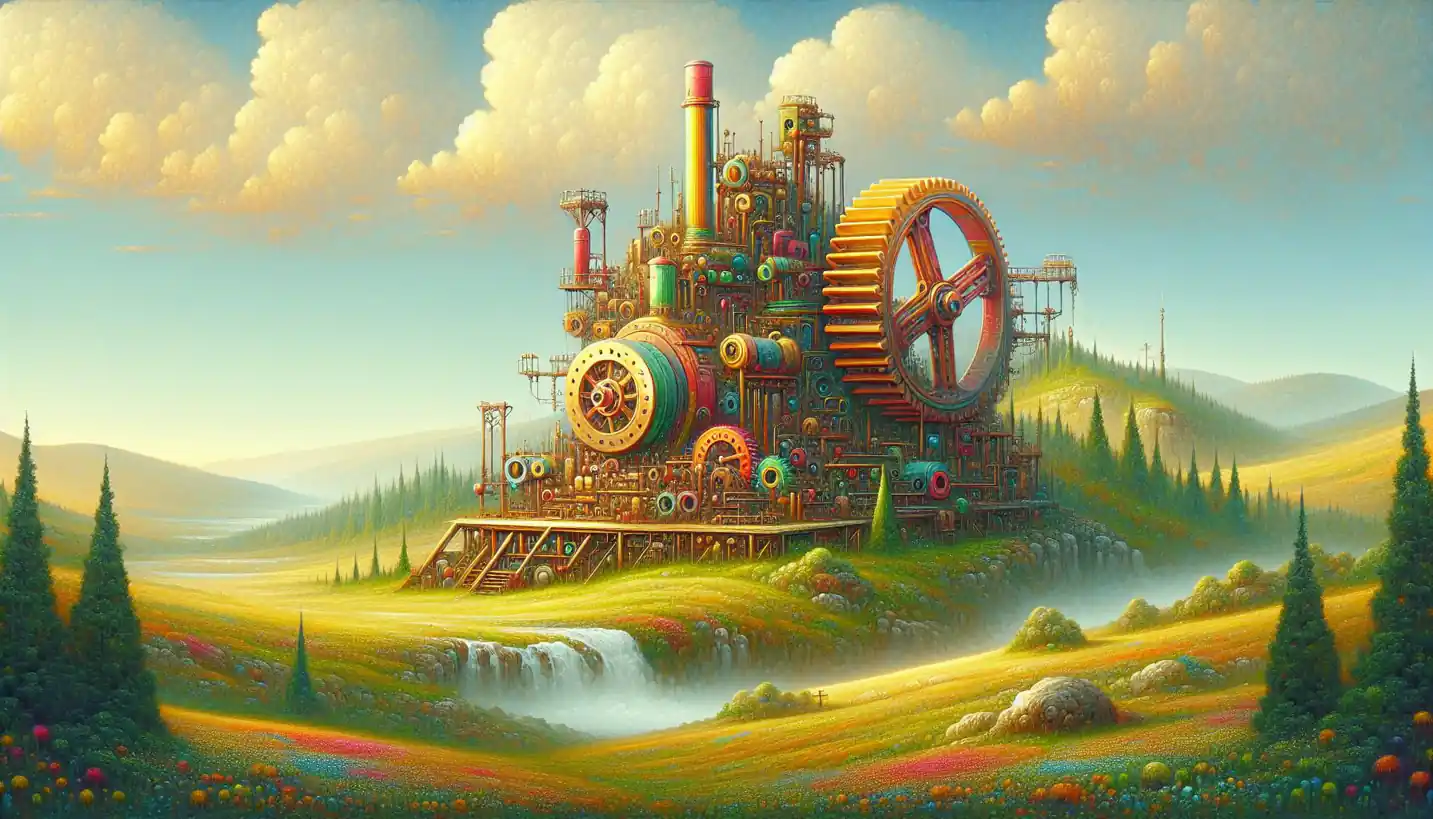· Engineering · 4 min read
Facade: The Art and Science of Architectural Identity
The facade of a building isn't just about looks. It plays a key role in energy efficiency and even impacts the inside atmosphere.

When strolling through a bustling city or a quaint neighborhood, the first thing that often catches our eye is the facade of a building. This isn’t just a wall; it’s the personality of a structure, portraying both style and function. Let’s dive into the fascinating world of facades, where art meets engineering.
Facades are much more than just the outer skin of a building. They play a crucial role in protecting interiors from the weather, while also defining a building’s identity. Imagine them as the face of a building – one that conveys character, yet adeptly shields what’s inside from rain, wind, and sunlight.
The Historical Evolution of Facades
Throughout history, facades have always served as a medium of expression. Ancient civilizations like the Greeks and Romans used grand facades to signify power and glory. For example, the Parthenon’s facade showcased the might of Athens with its majestic columns and intricate sculptures.
The evolution continued through the Renaissance, with ornate details and symmetrical designs becoming the hallmark of opulence. Moving into the 20th century, modernism embraced simplicity and functionality, shifting away from elaborate designs. This paved the way for glass and steel structures that dominate many skylines today.
The Science Behind Facades
On a practical level, facade design involves harmonizing a building’s aesthetic appeal with its structural integrity. Architects and engineers work in tandem to ensure that the facade not only looks good but performs effectively under various environmental conditions.
For thermal efficiency, different materials can be used to control the flow of heat. Insulated panels help maintain a building’s temperature, reducing the need for excessive heating or cooling. This is not only cost-effective but also eco-friendly, lowering the carbon footprint.
Moreover, facades play a key role in ventilation. Dynamic facades, equipped with adjustable panels or louvers, allow buildings to ‘breathe’. They let in fresh air, reduce humidity, and provide natural light, all while maintaining privacy and security.
Innovative Facade Materials
The world of facade materials has seen remarkable advancements. One popular trend is the use of curtain walls, typically made of glass, providing sleek aesthetics while allowing abundant natural light. However, these come with challenges like glare and heat gain, which require innovative solutions like tinted or double-glazed glass.
Metal facades, including aluminum and steel, offer durability and a modern look. They can be shaped and textured to mimic other materials, offering versatility in design. Meanwhile, green facades have emerged, incorporating living plants to enhance air quality and introduce natural beauty to urban environments.
The Future of Facade Engineering
The future of facades is bright, literally and figuratively. Researchers are exploring materials that change color or opacity with electricity, allowing dynamic control over light and heat. These ‘smart’ facades could significantly enhance energy efficiency.
Sustainability is another driving force. Facade engineering is incorporating recycled materials and designing for disassembly, ensuring that buildings can adapt to future needs without environmental harm.
Beyond materials, technology is revolutionizing how facades interact with their surroundings. Sensors can monitor temperature and sunlight, adjusting the facade’s response in real time for optimal comfort and efficiency.
The Cultural Significance of Facades
Facades are also cultural landmarks, often reflecting the collective identity of a place. Take the Gaudí-designed facades in Barcelona, which blend organic forms and playful colors, offering a glimpse into the city’s artistic soul.
In Asia, facades often incorporate elements of Feng Shui or traditional motifs, creating harmony between modern architecture and ancient philosophy. Such designs not only enrich the skyline but also resonate with people’s cultural roots.
Conclusion
Facades are the unsung heroes of architecture, combining artistry with engineering prowess. They define our spaces, protect our homes, and shape our cities in ways that go beyond mere appearance. As technology and sustainability continue to evolve, so too will the potential of facades, ensuring they remain a pivotal aspect of our built environment.
Next time you pass a building, take a moment to appreciate its facade. It’s not just what meets the eye; it’s a testament to the intricate dance of form, function, and innovation.



